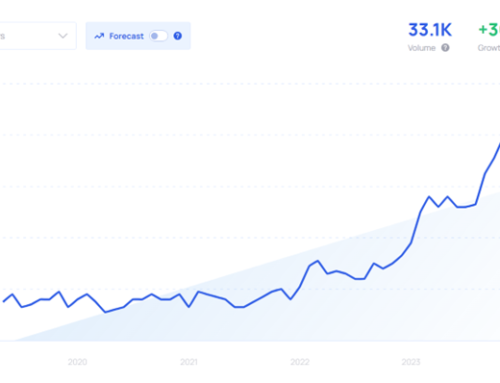The complexity of modern data sources can make it challenging for non-technical users to access and analyze the data effectively. This is where semantic layers come into play. This is why it is important to focus on what semantic layers are, their strengths and weaknesses, and how they fit into the larger trend of self-service business intelligence (BI).
What are semantic layers?
Semantic layers are business intelligence systems that provide a simplified view of complex data sources. They act as a bridge between the raw data and the end-users, making it easier for non-technical individuals to navigate, understand, and analyze the information. By abstracting the underlying database structures, query languages, and system relationships, semantic layers enable users to focus on the business questions they want to answer rather than getting bogged down in technical complexities.
Strengths of semantic layers:
- Accessibility: Semantic layers democratize data access by allowing non-technical users to explore and analyze data without relying on IT or data specialists.
- Simplified data navigation: Users can easily navigate through the data using familiar business terms and hierarchies, making it more intuitive to find the information they need.
- Faster insights: With semantic layers, users can quickly generate reports, apply filters, and perform analysis, leading to faster decision-making.
- Consistency: Semantic layers ensure consistent definitions and calculations across the organization, reducing the risk of discrepancies and errors.
Weaknesses of semantic layers:
- Initial setup: Creating a semantic layer requires upfront effort to define the business logic, relationships, and calculations, which can be time-consuming.
- Maintenance: As the underlying data sources change, the semantic layer needs to be updated to reflect those changes, requiring ongoing maintenance.
- Limited flexibility: While semantic layers simplify data access, they may not provide the same level of flexibility and customization as direct database queries.
- Performance: In some cases, the additional abstraction layer can impact query performance, especially when dealing with large datasets.
Semantic layers and self-service BI:
Semantic layers are a key component of the growing trend of self-service business intelligence. As businesses generate ever-increasing volumes of data, the demand for data-driven decision-making is skyrocketing. However, the shortage of data science skills has created a bottleneck in many organizations. Self-service BI aims to address this challenge by empowering business users to access and analyze data independently.
By providing a user-friendly interface and hiding the complexities of the underlying data sources, semantic layers enable non-technical users to explore and derive insights from data. This reduces the burden on IT and data specialists and accelerates the decision-making process. As the volume of enterprise data continues to grow and the number of jobs requiring data science skills increases, self-service BI and semantic layers will become increasingly important for businesses looking to harness the power of their data.
Overall, semantic layers offer a powerful solution for simplifying business intelligence and enabling non-technical users to access and analyze complex data sources. While they have their strengths and weaknesses, semantic layers play a crucial role in the self-service BI landscape. As businesses continue to generate and rely on vast amounts of data, tools like semantic layers will be essential for democratizing data access and empowering data-driven decision-making across the organization.



